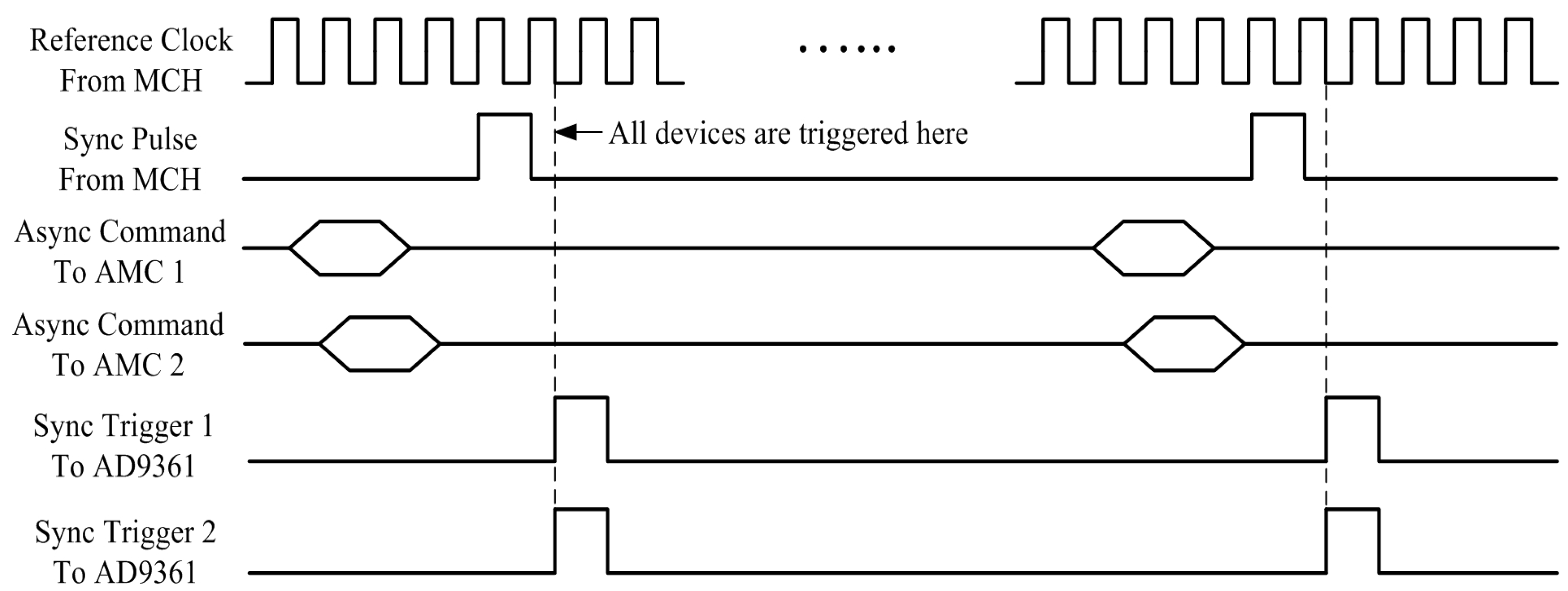Dsp Trigger Serial Number

Contents • • • • • • • • • • • • Introduction A common question is whether C28x interrupts can be nested. This article explains how interrupt nesting can be achieved with simple changes to the interrupt service routine (ISR) code. This article assumes the reader is already familiar with the following: • C28x PIE module: control registers, vector table, PIE groups • C28x interrupt control registers: IER, IFR, INTM in particular. For more information on these topics please refer to the following: • Interrupts at the CPU level and how the CPU responds to an interrupt is documented in the • The contains information on C28x interrupts.
• The peripheral interrupt expansion block (PIE) is described in the for a particular device family]] Interrupt Prioritization Hardware Prioritization Interrupts are automatically prioritized by the C28x hardware. Prioritization for all interrupts can be found in the System Control guide specific to the particular device family. The following table shows the priority for multiplexed interrupts. Group 1, which corresponds to CPU INT1, has the highest priority. Within each group there are 8 interrupts with INTx.1 being the highest priority and INTx.8 having the lowest. Hardware Interrupt Priority Priority Group Interrupt Highest Group 1 INT1.1 Group 1 INT1.2.
Webcam Zone Trigger Professional Serial Numbers. Convert Webcam Zone Trigger Professional trail version to full software.
Group 1 INT1.8 Group 2 INT2.1 Group 2 INT2.2. Group 12 INT12.1 Group 12 INT12.2. Lowest Group 12 INT12.8 PIE Interrupt Organization The PIE block is organized such that the interrupts are in a logical order. Interrupts that typically require higher priority, are organized higher up in the table and will thus be serviced with a higher priority by default. The interrupts in a 28x system can be categorized as follows (ordered highest to lowest priority): • Non-Periodic, Fast Response These are interrupts that can happen at any time and when they occur, they must be serviced as quickly as possible. Typically these interrupts monitor an external event. Such interrupts are allocated to the first few interrupts within PIE Group 1 and PIE Group 2.
This position gives them the highest priority within the PIE group. In addition, Group 1 is multiplexed into the CPU interrupt INT1. CPU INT1 has the highest hardware priority. PIE Group 2 is multiplexed into the CPU INT2 which is the 2nd highest hardware priority. • Periodic, Fast Response These interrupts occur at a known period, and when they do occur, they must be serviced as quickly as possible to minimize latency. The A/D converter is one good example of this. The A/D sample must be processed with minimum latency.
Such interrupts are allocated to the group 1 in the PIE table. Group 1 is multiplexed into the CPU INT1. CPU INT1 has the highest hardware priority. • Periodic These interrupts occur at a known period and must be serviced before the next interrupt.
Some of the PWM interrupts are an example of this. Many of the registers are shadowed, so the user has the full period to update the register values.
Such interrupts are mapped to group 2 - group 5. These groups are multiplexed into CPU INT3 to INT5 (the ePWM, eCAP and eQEP), which are the next lowest hardware priority. • Periodic, Buffered These interrupts occur at periodic events, but are buffered and hence the processor need only service such interrupts when the buffers are ready to filled/emptied. All of the serial ports (SCI / SPI / I2C / CAN) either have FIFO's or multiple mailboxes such that the CPU has plenty of time to respond to the events without fear of losing data. Berliner platz 3. Such interrupts are mapped to INT6, INT8, and INT9, which are the next lowest hardware priority. C28x Interrupt Response - No Nesting (Default Behavior) The remainder of this article describes how the C28x CPU responds to an interrupt request. It is assumed that the interrupt was enabled at the (a) peripheral level, the (b) PIE level and the (c) CPU level (IER and INTM) and now the CPU is ready to begin the interrupt service routine.:The following table shows the steps taken when an interrupt is serviced.